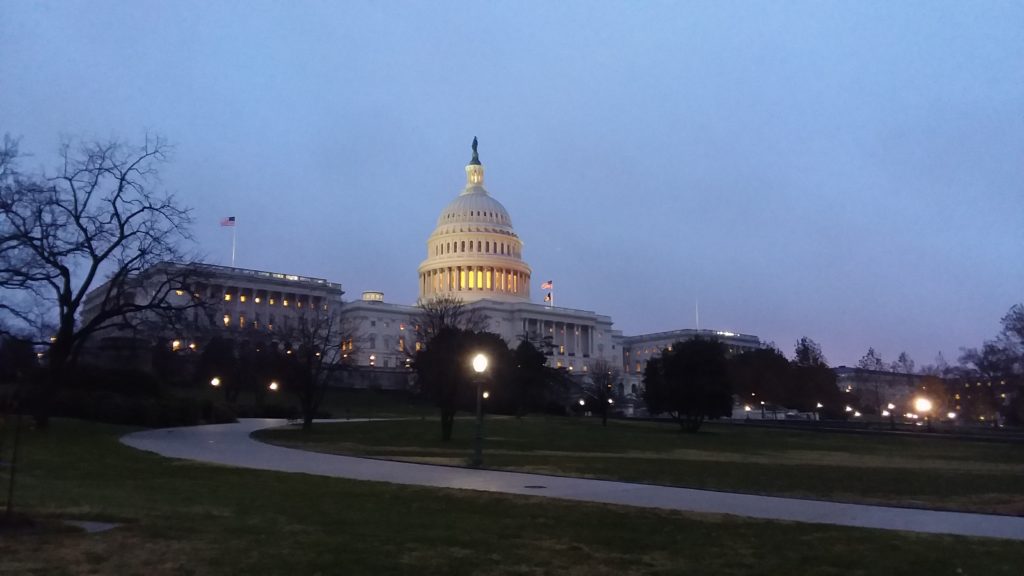The federal government on Friday announced the distribution of almost $4.9 billion in COVID-19 relief funds directly to skilled nursing facilities, the first specific tranche of stimulus money for the industry released since the start of the pandemic.
Each skilled nursing facility in the country will receive a baseline paymentof $50,000, plus an additional $2,500 per bed, the Department of Health and Human Services (HHS) announced. The money, part of the CARES Act stimulus package, will be available to all facilities with six or more certified beds.
“This funding secured by President Trump will help nursing homes keep the seniors they care for safe during the COVID-19 pandemic,” HHS secretary Alex Azar said in a statement. “The Trump administration is providing every resource we can, from funding and direct PPE shipments to regulatory flexibility and infection control consultations, to protect seniors in nursing homes and those who care for them.”
As with other rounds of CARES Act funding, providers must agree to certain terms and conditions in order to accept the cash, and must comply with future audit and reporting rules, according to HHS.
The Friday distribution marks the first dedicated relief for nursing homes, which have served as the epicenter of the coronavirus pandemic in the United States.
HHS and the Centers for Medicare & Medicaid Services (CMS) had previously released $50 billion in aid to all Medicare providers, though that category leaves out the significant proportion of nursing homes that rely on Medicaid funding as their primary revenue stream.
While the government has, as Azar noted, announced a plan to deliver PPE to nursing homes, the aid took the form of two weeks’ worth of supplies split over two deliveries — with a delivery date of July 4 at the latest.
HHS acknowledged the financial stress that nursing home operators face while fighting COVID-19.
“Since the beginning of 2020, SNFs have experienced up to a 6 percent decline in their patient population as current and potential residents choose other care settings, or as current residents pass away. In addition to nursing home residents, many SNF employees have also been diagnosed with COVID-19,” the agency observed. “These additional funds may help nursing homes address critical needs such as labor, scaling up their testing capacity, acquiring personal protective equipment, and a range of other expenses directly linked to this pandemic.”
The terms and conditions to which providers must agree are largely similar to the ones required under the previous Medicare relief rounds, with a few key differences. Operators do not need to have billed Medicare for any services in 2019 to receive the funds, according to Arnall Golden Gregory partner Hedy Silver Rubinger, chair of the firm’s health care practice; they also do not have to furnish the government with information about 2018 operating expenses.
Providers had always been required to provide HHS with a quarterly accounting of how they spend their relief money if that figure exceeds $150,000, but the skilled nursing relief terms now include Paycheck Protection Program (PPP) funding toward that threshold — a move that indicates HHS is cautioning against “double dipping,” Rubinger said.
Industry leaders have pled with the government to set aside funds specifically for post-acute and long-term care providers, though Friday’s total falls short of the $10 billion the American Health Care Association (AHCA) has repeatedly requested.
AHCA president and CEO Mark Parkinson thanked HHS for the $4.9 billion injection Friday morning, though he also noted that the round leaves out other types of long-term care providers.
“Notably, assisted living communities have yet to receive any direct aid, despite also serving vulnerable seniors,” Parkinson said in a statement. “While building on support received from HHS, we are asking for additional consideration for all long term care facilities, whether it be in regard to additional testing, personal protective equipment, or funding.”
Katie Smith Sloan, president and CEO of non-profit industry group LeadingAge, echoed Parkinson’s sentiment, welcoming the support but emphasizing that more will be necessary.
“These funds are a start in covering nursing homes’ extraordinary expenses related to this public health crisis, but will only go so far in addressing providers’ growing financial needs as this pandemic continues,” Sloan said in a statement.
Nursing homes have faced elevated staffing, PPE, and testing costs since the start of the pandemic, a factor that’s been compounded by a decline in post-acute care patients amid a blanket pause on non-emergency surgeries.
Those costs are only projected to increase as state and regional economies gradually reopen. CMS’s plan for lifting visitation bans on nursing homes calls for a single baseline test of all nursing home residents and staff, which AHCA estimated would cost $440 million.
Meeting CMS’s guidance to test all staff members once per week, according to AHCA, will run $1 billion per month, and states can also implement their own guidelines that would only add to that cost; New York, for instance, has mandated twice-weekly testing for staffers.
This is a developing story. Please check back for updates.



